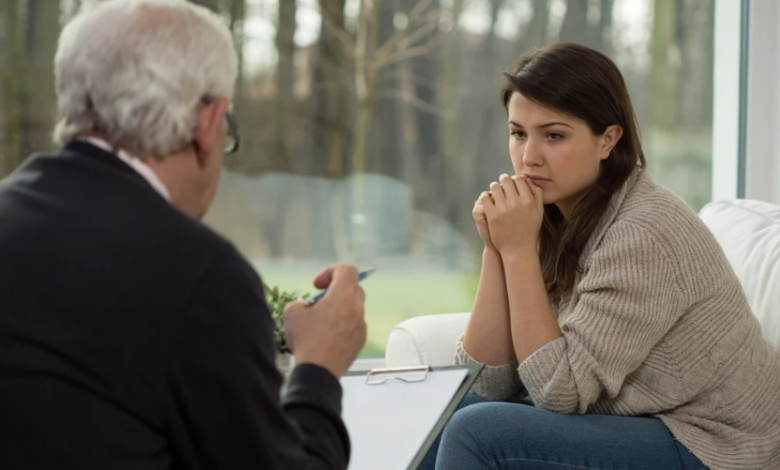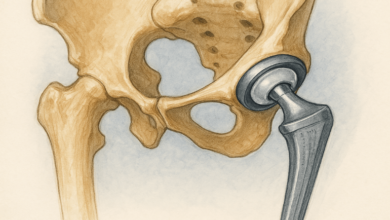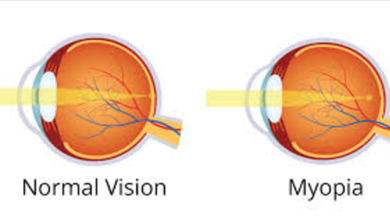Understanding Complex PTSD Triggers in Relationships: Symptoms, Impact, and Effective Treatment

Imagine walking through a field full of hidden landmines. One wrong step, and everything blows up. That’s what complex PTSD triggers in relationships often feel like for those carrying the weight of past trauma.
Complex PTSD, or C-PTSD, differs from regular PTSD. It stems from long-term abuse or neglect, especially in childhood or close bonds. These experiences leave deep scars that show up in everyday interactions with partners.
This article breaks down C-PTSD triggers in relationships. You’ll learn what they are, spot the symptoms, and find real ways to treat them. By the end, you’ll see how to build stronger, safer connections despite the pain.
Defining C-PTSD and Relational Trauma
What Distinguishes Complex PTSD?
Complex PTSD goes beyond the flashbacks of standard PTSD. It hits harder on emotions, self-view, and bonds with others. Experts like Judith Herman point out key signs: trouble controlling feelings, a harsh self-image, and struggles in relationships.
People with C-PTSD often face ongoing stress from repeated harm. This builds a web of symptoms that tangle daily life. Unlike one-time events, these traumas shape how you see the world.
Think of it as a storm that never fully clears. Your brain stays on high alert. This sets the stage for triggers that pop up in close ties.
The Impact of Prolonged Relational Trauma
Early harm from caregivers wires the brain for danger. It boosts hypervigilance, where you scan for threats non-stop. In relationships, this means small slights feel like big attacks.
Chronic neglect or abuse teaches the body to freeze or fight at any hint of risk. Over time, this drains energy and strains partnerships. Partners might feel like they’re walking on eggshells.
Studies show up to 70% of C-PTSD cases link to childhood relational wounds. These reshape trust and safety. Healing starts when you grasp this deep rewiring.
The Role of Attachment Styles in C-PTSD
Attachment styles form from early care. In C-PTSD, you might end up with disorganized or fearful-avoidant patterns. These make closeness scary, like reaching for fire.
Disorganized attachment flips between cling and push away. Fearful-avoidant folks crave love but fear hurt. This stems from trauma where safety was unpredictable.
In partnerships, these styles spark cycles of chase and retreat. You pull close, then bolt when it gets real. Spotting this helps break the loop.
Common Complex PTSD Triggers in Intimate Partnerships
Triggers Related to Perceived Abandonment and Rejection
A partner asking for alone time can ignite old fears. It feels like total rejection, pulling up memories of being left behind. Your heart races; panic sets in.
Canceled plans or a delayed text might seem minor to them. But to you, it’s a sign they’re pulling away. This leads to protest behaviors, like heated texts or demands for reassurance.
These triggers root in survival needs unmet in the past. They make you fight to hold on. Recognizing them cuts the intensity over time.
- Sudden silences during talks
- Busy schedules that limit quality time
- Mild criticisms that hit like betrayal
Triggers Stemming from Emotional Intensity and Conflict
Even happy moments, like a surprise party, can overwhelm. The rush of feelings floods your system, mimicking danger. You might shut down or lash out.
Arguments escalate fast in C-PTSD. A raised voice triggers freeze or fury. It’s like your brain hits overload, blocking clear thoughts.
Why does joy scare you too? Past trauma tied emotions to pain. Learning to ride these waves builds calm amid the storm.
Triggers Related to Boundary Violations and Control
A partner checking your phone feels like invasion. It echoes times when privacy was stolen. You react with walls up or explosive anger.
Small asks, like deciding dinner plans, can spark control fears. Helplessness from abuse resurfaces. Pushback follows, straining the bond.
These moments test limits harshly. They stem from lost power in youth. Clear talks on boundaries ease the fire.
Intimacy and Vulnerability Triggers
You yearn for deep connection. Yet, opening up terrifies. Being seen fully risks the hurt you’ve known.
During hugs or talks, old shame surges. Self-sabotage kicks in: you pick fights or withdraw. It’s a shield against true merge.
This paradox drains both of you. Desire clashes with dread. Gentle steps toward trust rewrite the story.
See also: Embracing A Holistic Approach To Healthy Skin
Identifying the Symptomatic Manifestations of C-PTSD Triggers
Emotional Dysregulation: The Core Relational Symptom
When a trigger hits, emotions swing wild. Anger bursts out over nothing. Or numbness drops like a curtain, hiding you from the world.
Anxiety spikes sharp and fast. It feels outsized, like a storm in a teacup. Partners puzzle over the shift.
These reactions aren’t flaws. They’re echoes of past threats. Spotting them early aids control.
Hypervigilance and Scanning Behavior
You watch your partner’s every move. A frown or sigh sets off alarms. Is that anger aimed at you?
This constant scan tires you out. It wears on the relationship too. They feel judged, always under a microscope.
Hypervigilance kept you safe once. Now, it blocks real joy. Pausing to breathe breaks the habit.
- Eyeing tone in casual chats
- Reading into silences
- Tensing at unexpected touches
Identity Disturbance and Internalized Shame
Triggers feed dark thoughts: “I’m worthless.” Shame floods, making you hide or over-apologize. You chase approval to feel okay.
This shakes your sense of self. Relationships become battlegrounds for worth. Sabotage follows, like testing their love.
Core beliefs from trauma lie deep. Challenge them with facts. “I’m enough” starts the shift.
Strategies for Partnered Individuals: Managing Immediate Reactivity
Developing Grounding and Containment Techniques
A trigger strikes; don’t dive in. Use the 5-4-3-2-1 trick: name five things you see, four you touch, three you hear, two you smell, one you taste. It pulls you back to now.
Breathe deep or hold something cold. These soothe the body’s alarm. Practice daily to make them stick.
Simple acts contain the flood. They give space before reacting. You’ll handle waves better.
The Skill of “Pendulation” and Delaying Response
Pendulation means swinging between distress and calm. Feel the upset, then shift to a safe spot, like a cozy memory. Repeat until steady.
This delays knee-jerk moves. It lets reason join the fray. Over time, triggers lose grip.
Try it in low-stakes moments first. Build the muscle for big ones. Calm returns quicker.
Pre-emptive Communication About Triggers
Talk triggers ahead of time. Craft a script: “If I seem off, I need space to regroup.” Share what helps, like a walk alone.
This sets clear paths. Partners respond better when they know. Crises shrink.
Make a safety plan together. List signals and steps. It fosters team over turmoil.
- “I’m feeling flooded; let’s pause.”
- “Touch my arm if you see me zoning out.”
- Review what worked after.
Healing and Growth: Therapeutic Approaches for Couples and Individuals
Trauma-Informed Therapy Modalities
EMDR rewires trauma memories with eye movements. It dulls triggers’ power fast. Great for C-PTSD’s stuck pain.
Somatic Experiencing tracks body sensations. It releases trapped energy without retelling horrors. Bodies heal where words fail.
Internal Family Systems sees parts of you in conflict. Therapy helps them talk, easing inner wars. These beat talk therapy for deep roots.
Data backs them: EMDR cuts symptoms by 50% in months for many. Pick what fits your needs.
Educating the Non-Traumatized Partner
Teach your partner trauma basics. Reactions aren’t about them; they’re old alarms. This builds empathy, not blame.
They can’t fix it, but steady safety helps. Predictable routines cut triggers. Avoid “just get over it” traps.
Joint learning strengthens bonds. Books or workshops share the load. Understanding turns frustration to support.
Rebuilding Secure Attachment Through Repair
Ruptures happen; repairs heal. After a fight, own your part. Say, “I overreacted from my past; I’m sorry.”
Empathy mends: “I see you’re hurting.” This rebuilds trust step by step. Secure bonds grow from these fixes.
Practice small repairs daily. It rewires attachment for good. Closeness feels safe again.
Conclusion: Cultivating Safety and Enduring Connection
C-PTSD triggers in relationships come from survival tools, not weak character. They signal past dangers, not present ones. Knowing this frees you from shame.
Healing takes solo work on calm and shared efforts in compassion. Therapy, talks, and repairs pave the way. Both partners thrive with patience.
Picture intimacy without fear. It’s possible when you navigate these paths. Start today: seek help, share openly, and watch bonds deepen. Your relationship deserves that strength.




